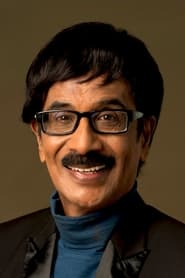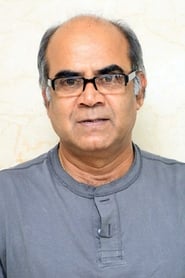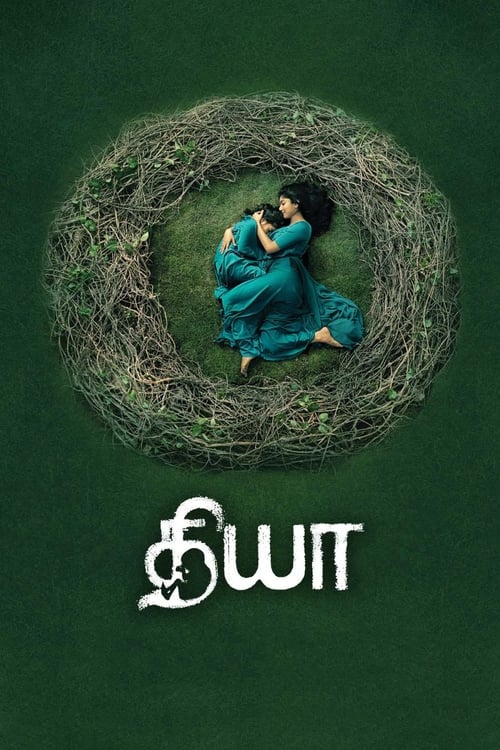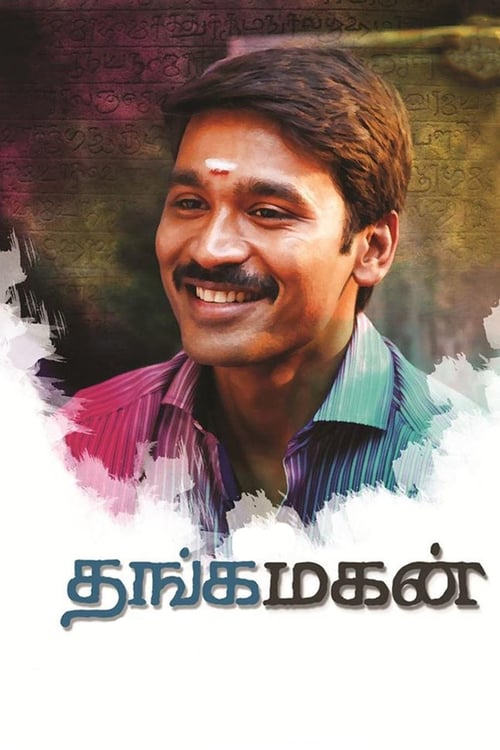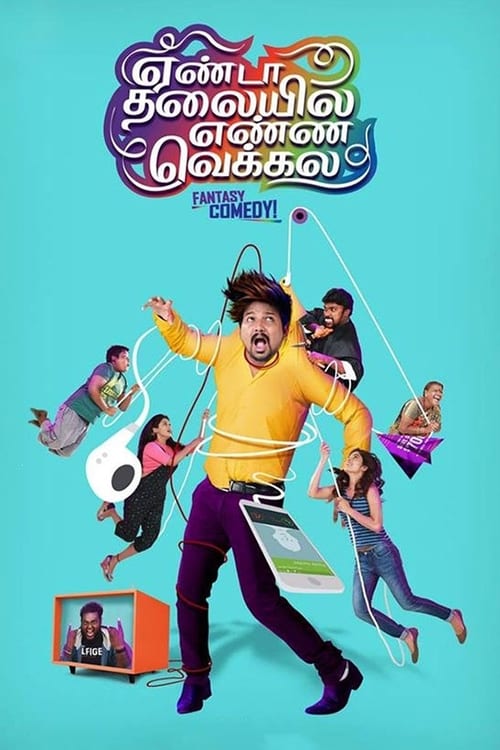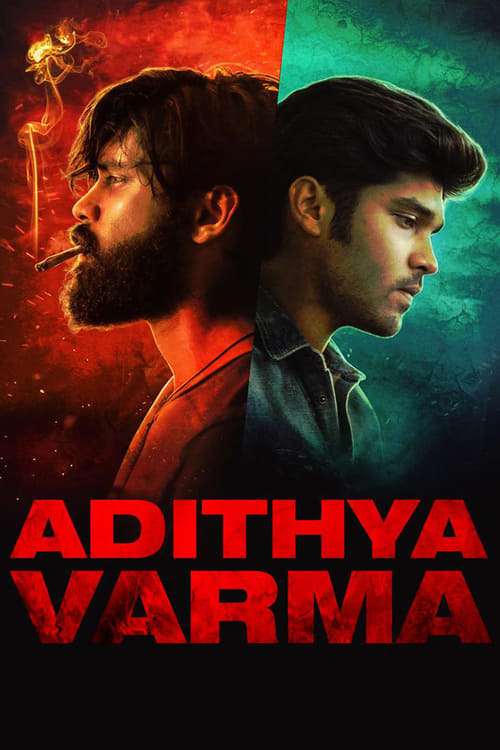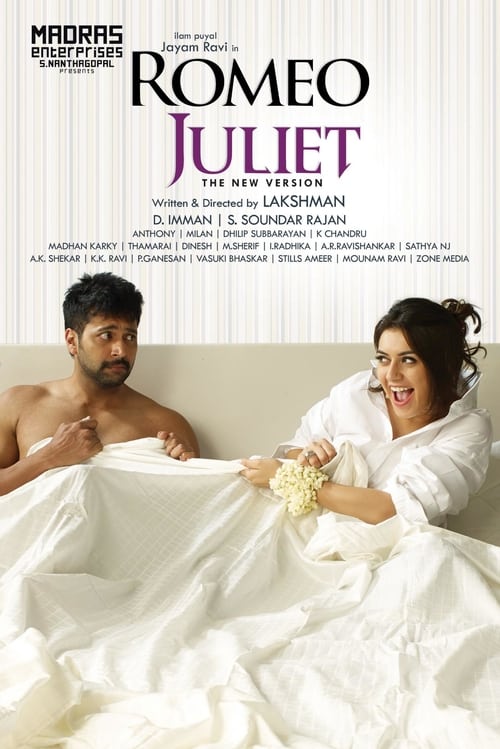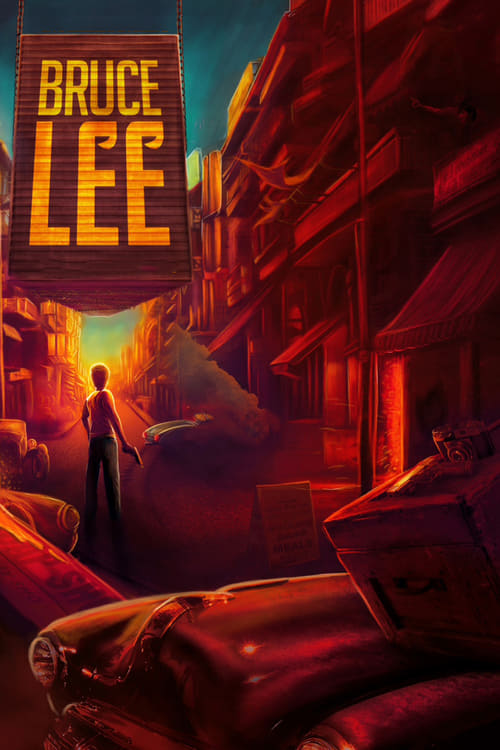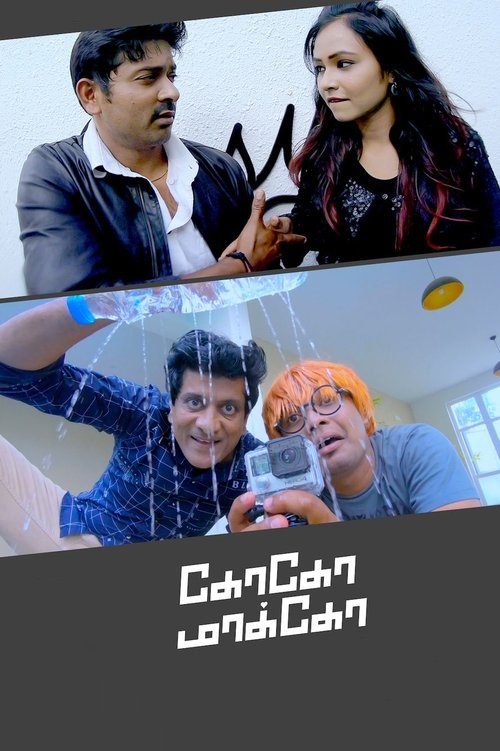
Ask Your Own Question
What is the plot?
The story of Sowkarpettai begins in the vibrant, bustling neighborhood of Sowcarpet in Chennai, a place alive with commerce and tradition, setting a vivid backdrop for the unfolding drama. Though the film does not specify exact dates or times, the atmosphere is contemporary, capturing the everyday life of its residents. Here, we meet two brothers, Shakthi and Vetri, both played by Srikanth in a dual role, sons of Paramasivam (Thalaivasal Vijay) and Parvathi (Rekha). Shakthi is the central protagonist, a man deeply in love with Maya (Raai Laxmi), a strong-willed woman who lives in the same neighborhood. The family home is a modest but warm place, reflecting the close bonds between the brothers and their parents.
The peace of their lives is shattered by the arrival of Gothra Singh (Suman), a ruthless businessman and moneylender who wields his power with cruelty. Gothra Singh's business premises, a grim and oppressive place, symbolize his greed and the dark underbelly of Sowcarpet's commercial life. His henchmen, including Senior (Saravanan) and Junior (Powerstar Srinivasan), enforce his will with brutality, creating an atmosphere of fear.
Shakthi and Maya's love story is tender and genuine, a bright spot in the harsh world they inhabit. Their relationship is portrayed with warmth, their moments together filled with laughter and hope. However, this happiness is short-lived. Gothra Singh, driven by greed and a desire to eliminate any obstacles, targets the couple. In a chilling confrontation, Gothra Singh and his henchmen brutally murder Shakthi and Maya. The exact details of the killing are grim but not explicitly shown; the violence is implied through the reactions of the characters and the sudden silence that follows. This murder marks the first major death and sets the stage for the supernatural revenge that follows.
After their deaths, the story shifts into the realm of horror and supernatural vengeance. The spirits of Shakthi and Maya rise as ghosts, their love and pain transformed into a fierce determination to seek justice. They haunt the dark alleys, abandoned buildings, and particularly Gothra Singh's business premises, turning these locations into battlegrounds between the living and the dead. The ghosts communicate through terrifying manifestations, using their supernatural powers to instill fear and exact revenge.
The ghosts begin their campaign by targeting Gothra Singh's henchmen. One by one, these villains fall victim to eerie and violent supernatural attacks. The tension escalates with each death, as the ghosts grow stronger and more relentless. The atmosphere thickens with dread as the villains realize they are being hunted by something beyond human.
Amidst this chaos, a new threat emerges: an evil tantric, a demoness played by Vadivukkarasi, who has been waiting to exploit the supernatural turmoil for her own dark purposes. She attempts to manipulate the spirits of Shakthi and Maya, hoping to control the ghostly forces for her gain. This introduces a complex layer of conflict, as the ghosts must not only fight their human enemies but also resist the tantric's occult influence.
The climax builds to a dramatic confrontation at Gothra Singh's premises. The ghosts, now fully empowered, face off against Gothra Singh and his remaining henchmen. The battle is intense and filled with supernatural horror, the ghosts using their powers to dismantle the villain's hold over Sowcarpet. Gothra Singh meets his end at the hands of Shakthi and Maya's vengeful spirits, his death a violent and symbolic act of justice. The tantric's plans are thwarted as the ghosts overcome her dark magic, neutralizing her threat.
In the final scenes, the ghosts of Shakthi and Maya, having avenged their deaths, find peace. The film closes with a sense of resolution, the spirits leaving behind the haunted locations as calm returns to Sowcarpet. The surviving characters, including Paramasivam and Parvathi, are left to grieve but also to move forward, their lives forever changed by the tragic events and the supernatural justice that followed.
Throughout the film, the interplay of horror and comedy provides moments of levity amidst the tension, with supporting characters like Puli (Singampuli), Saami (Ganja Karuppu), and Mani (Manobala) offering comic relief that contrasts with the dark themes. However, the core narrative remains a tale of love, loss, and revenge, culminating in a chilling but cathartic conclusion where the ghosts of Shakthi and Maya ensure that evil does not go unpunished.
What is the ending?
In the ending of "Sowkarpettai," the protagonist, a man named Karthik, confronts the antagonist, a powerful and corrupt figure named Kaalai. After a series of intense confrontations, Karthik ultimately defeats Kaalai, leading to a resolution of the conflict. The film concludes with Karthik reuniting with his love interest, and they find a sense of peace after the turmoil.
Now, let's delve into the ending in a more detailed narrative fashion:
As the climax of "Sowkarpettai" unfolds, the tension reaches its peak. Karthik, portrayed as a determined and resilient character, stands face-to-face with Kaalai, the embodiment of corruption and power in their community. The setting is a dimly lit warehouse, filled with the remnants of Kaalai's illicit dealings. Shadows dance across the walls, reflecting the moral ambiguity of the characters involved.
Karthik's heart races as he recalls the pain and suffering Kaalai has inflicted on his loved ones and the community. The air is thick with anticipation as Kaalai, confident and menacing, taunts Karthik, underestimating his resolve. Karthik's internal struggle is palpable; he is fueled by a mix of anger, grief, and a desire for justice. The stakes are high, not just for him but for everyone who has suffered under Kaalai's reign.
The confrontation escalates into a fierce physical battle. Karthik, drawing on his inner strength and the memories of those he has lost, fights with a ferocity that surprises even Kaalai. Each punch thrown and each kick landed is a testament to Karthik's determination to reclaim his life and protect his loved ones. The choreography of the fight is intense, with close-ups capturing the raw emotion on Karthik's face--his determination, his pain, and ultimately, his hope.
As the fight reaches its climax, Karthik gains the upper hand. In a pivotal moment, he manages to disarm Kaalai, leaving him vulnerable. The warehouse echoes with the sounds of their struggle, but Karthik's resolve does not waver. He delivers a final blow that sends Kaalai crashing to the ground, defeated. The moment is heavy with significance; Kaalai's fall symbolizes the triumph of good over evil, and Karthik's victory is not just personal but a victory for the entire community that has suffered under Kaalai's tyranny.
With Kaalai incapacitated, the authorities arrive, having been tipped off about the confrontation. Kaalai is taken into custody, his reign of terror finally coming to an end. Karthik stands amidst the chaos, breathing heavily, the weight of his victory settling in. He looks around at the faces of those who have supported him, their expressions a mix of relief and gratitude.
In the final scenes, Karthik reunites with his love interest, who has been a source of strength throughout his journey. Their embrace is tender, filled with unspoken words of love and resilience. The camera captures their faces, illuminated by the soft glow of the setting sun, symbolizing a new beginning. The community, once overshadowed by fear, begins to heal, and Karthik's actions inspire hope for a brighter future.
As the credits roll, the fates of the main characters are clear: Karthik emerges as a hero, having reclaimed his life and the lives of those around him. Kaalai, now imprisoned, serves as a reminder of the consequences of corruption and abuse of power. The film closes on a note of optimism, emphasizing the strength of love and the importance of standing up against injustice.
Is there a post-credit scene?
In the movie "Sowkarpettai," there is indeed a post-credit scene. After the main credits roll, the scene shifts to a dark, eerie setting where a mysterious figure is seen. This figure is revealed to be a ghostly presence, hinting at the supernatural elements that permeate the film. The atmosphere is thick with tension, and the ghostly figure appears to be watching over the events that have transpired, suggesting that the story may not be entirely over. This scene serves to reinforce the film's themes of revenge and the lingering effects of past actions, leaving the audience with a sense of unease and anticipation for what might come next. The haunting visuals and the chilling silence create a lasting impression, emphasizing the film's connection to the supernatural and the unresolved conflicts that linger beyond the main narrative.
Who is the main antagonist in Sowkarpettai and what motivates their actions?
The main antagonist in Sowkarpettai is a character named Kaalai, portrayed by the actor, who is driven by a desire for revenge and power. Kaalai's motivations stem from a personal vendetta against the protagonist, as he feels wronged and seeks to assert his dominance in the underworld.
What is the significance of the character played by the female lead in the story?
The female lead, played by a prominent actress, serves as the emotional anchor for the protagonist. Her character represents love and loyalty, and her relationship with the protagonist is central to the narrative. Her struggles and sacrifices highlight the personal stakes involved in the conflict.
How does the protagonist's background influence his actions throughout the film?
The protagonist, a local don, has a troubled past that shapes his decisions and relationships. His experiences with betrayal and loss fuel his determination to protect his loved ones and reclaim his honor, driving him to confront Kaalai and his gang.
What role does the setting of Sowkarpettai play in the development of the plot?
Sowkarpettai, as a setting, is depicted as a gritty and vibrant locality that reflects the socio-economic struggles of its inhabitants. The streets, local hangouts, and the underbelly of the area serve as a backdrop for the protagonist's rise and conflicts, enhancing the film's tension and authenticity.
What are the key turning points in the protagonist's journey in Sowkarpettai?
Key turning points in the protagonist's journey include his initial confrontations with Kaalai's gang, the betrayal by a close ally, and the moment he decides to take a stand for his love interest. Each of these moments escalates the conflict and deepens his resolve to fight against the odds.
Is this family friendly?
"Sowkarpettai," produced in 2016, is not considered family-friendly due to several potentially objectionable elements. The film contains scenes of violence, including physical confrontations and bloodshed, which may be upsetting for children or sensitive viewers. Additionally, there are themes of revenge and betrayal that are explored throughout the narrative, which could be distressing. The film also includes suggestive content and adult language, which may not be suitable for younger audiences. Overall, the mature themes and intense scenes make it more appropriate for an adult audience.










